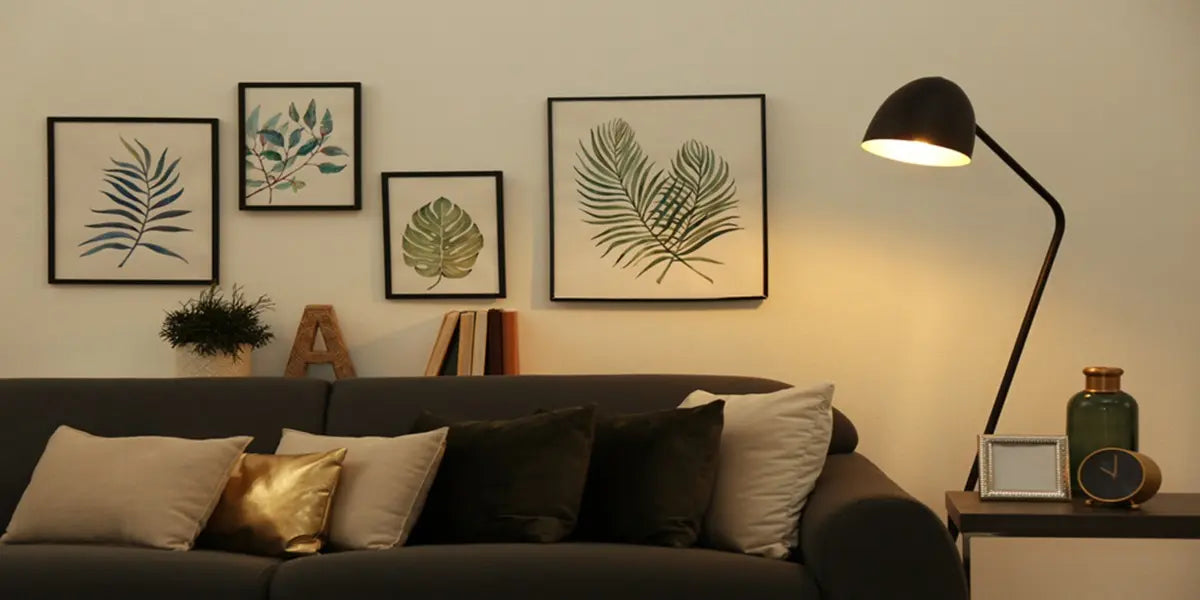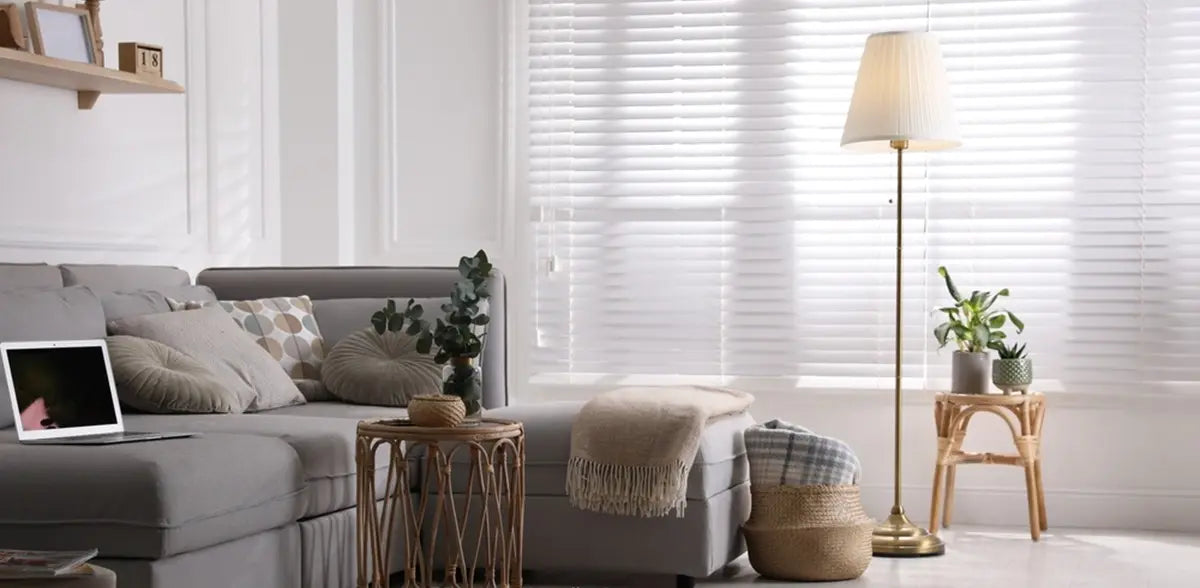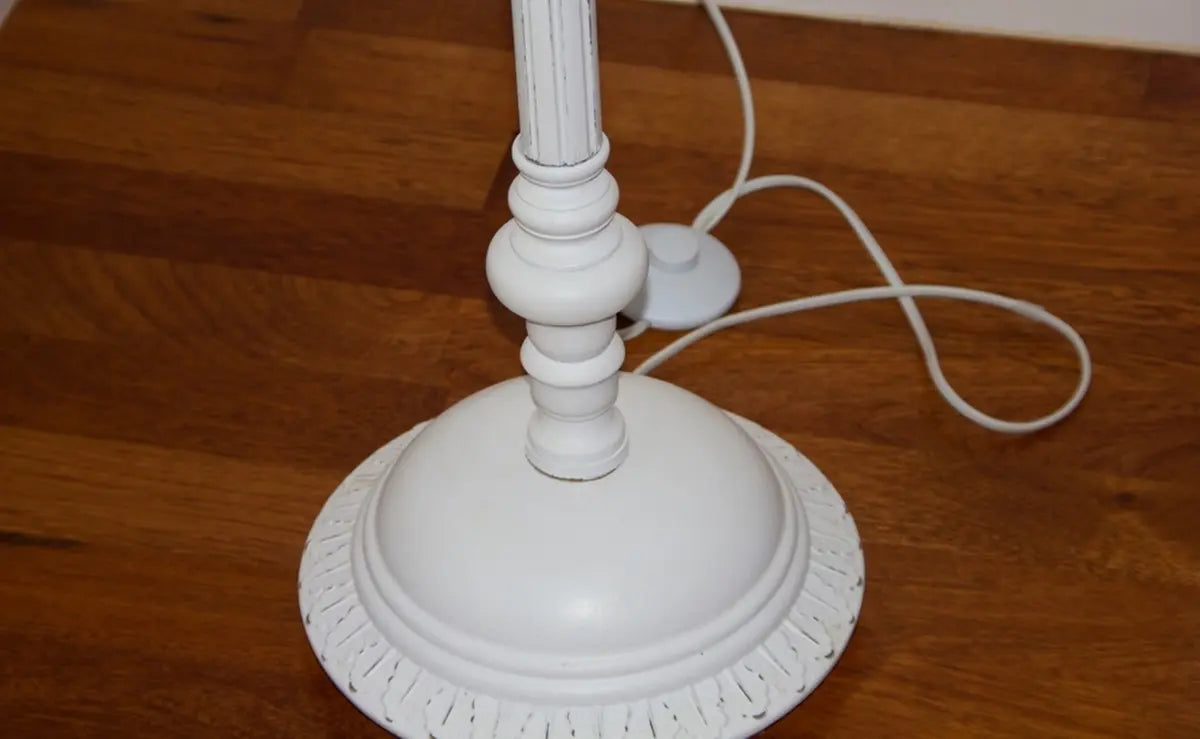Choosing the right floor lamp can be tricky. One key factor is lumens.
But how many lumens do you need?
Let's dive in.
Understanding Lumens
Lumens measure light output. More lumens mean brighter light. Simple, right?
Why Lumens Matter
Brightness affects mood and functionality. Too dim, and you strain your eyes. Too bright, and it feels harsh.
General Guidelines for Lumens in Different Rooms
Living Room: Optimal Lumen Range
Living rooms benefit from versatile lighting. Aim for 1,500-3,000 lumens, which provides ample light for activities like reading, watching TV, or entertaining guests.
Bedroom: Creating a Cozy Ambiance
In the bedroom, softer lighting helps create a relaxing environment. A range of 1,000-2,000 lumens is ideal, offering enough light for reading without being too harsh.
Office: Brightness for Productivity
Home offices require bright, focused lighting to reduce eye strain and enhance productivity. Aim for 3,000-6,000 lumens, especially if your work involves detailed tasks.
Kitchen: Ensuring Adequate Lighting for Tasks
Kitchens need bright, functional lighting. A range of 4,000-8,000 lumens ensures you have enough light for cooking, cleaning, and other tasks.
Bathroom: Safe and Functional Lighting
Bathrooms benefit from bright, even lighting to ensure safety and functionality. Aim for 2,000-4,000 lumens, focusing on areas around the mirror and shower.
Specific Uses and Recommended Lumens
Reading Lamps
For comfortable reading, a floor lamp should provide 300-600 lumens. This level of brightness reduces eye strain and illuminates your reading material effectively.
Task Lighting
Detailed tasks like sewing or model building require 500-1,000 lumens. Task lighting should be bright enough to illuminate your work area without causing glare.
Ambient Lighting
Ambient lighting sets the overall mood of a room. For general illumination, aim for 1,500-3,000 lumens depending on the room size and desired atmosphere.
Factors to Consider
Several factors influence your choice. Let's look at a few:
- Room Size
- Purpose
- Personal Preference
Room Size
Bigger rooms need more light. Measure your room to determine the right lumen count.
Purpose
Think about what you'll do in the room. Reading? Working? Relaxing? Each activity needs different lighting.
Personal Preference
Some people like bright lights. Others prefer dimmer settings. Choose what feels right for you.
Tips for Maximizing Your Floor Lamp’s Lumens
Using Reflectors and Shades to Enhance Brightness
Reflectors and shades can direct light where it’s needed most, enhancing the brightness and efficiency of your floor lamp.
Positioning Your Lamp for Optimal Light Distribution
Place floor lamps in strategic locations to maximize light distribution. Positioning near corners or behind furniture can help reflect light and brighten the room.
Combining Multiple Light Sources for Even Illumination
Using a combination of floor lamps, table lamps, and ceiling lights ensures even illumination and reduces shadows, creating a well-lit space.
Case Studies: Real-Life Examples
Small Living Room: Finding the Perfect Balance
In a small living room, a single floor lamp with 1,800 lumens can provide ample light without overwhelming the space.
Home Office: Achieving Brightness Without Glare
A home office benefits from a floor lamp with 4,000 lumens, positioned to avoid screen glare while providing sufficient task lighting.
Reading Nook: Creating a Cozy and Functional Space
A reading nook feels cozy and inviting with a floor lamp offering 500 lumens, providing focused light for reading without being too bright.
Common Mistakes to Avoid
Overlighting or Underlighting Your Space
Avoid overlighting, which can cause glare, and underlighting, which can strain your eyes. Find a balance that provides adequate illumination.
Ignoring Color Temperature
Choosing the wrong color temperature can affect the ambiance and functionality of a room. Match the temperature to the room’s purpose.
Failing to Consider Dimmability
Dimmable lamps offer flexibility, allowing you to adjust brightness levels for different activities and times of day.
Additional Tips for Choosing Lumens
Considering Bulb Type
Different bulb types produce different levels of brightness. LEDs are generally more efficient and produce more lumens per watt than incandescent bulbs. When choosing a floor lamp, consider opting for LED bulbs to get the desired brightness with lower energy consumption.
Adjustable Lighting
Look for lamps with adjustable brightness settings. This allows you to customize the light output based on different activities. For example, a brighter setting for reading and a dimmer setting for relaxation.
Color Temperature
Color temperature, measured in Kelvins (K), also affects the feel of the light. Warmer light (around 2700K) is softer and more relaxing, while cooler light (above 5000K) is more energizing and better for tasks.
Before You Go
Choosing the right lumens for your floor lamp is crucial. Consider your room size, purpose, and personal preference. Use our guidelines to find the perfect brightness.
Want to dive deeper into floor lamp guides? Visit Sunmory's Resources for more insights. Discover expert tips and make informed choices for your home lighting needs.
FAQs
How many lumens do I need for a floor reading lamp?
For reading, a floor lamp should have between 300 to 600 lumens. This range provides sufficient brightness to reduce eye strain while ensuring a comfortable reading experience.
How bright should a floor lamp be?
A floor lamp's brightness depends on its purpose. For general lighting, 1,500 to 3,000 lumens is adequate. For specific tasks like reading, 300 to 600 lumens is recommended.
What floor lamp gives off the most light?
Floor lamps with high lumen output, particularly those using LED bulbs, give off the most light. Look for lamps rated at 3,000 to 6,000 lumens for maximum brightness.
How many lumens is a typical lamp?
A typical floor lamp ranges from 300 to 1,800 lumens, depending on its design and purpose. Task lamps tend to be on the higher end, while ambient lamps are lower.
How many lumens do I need to light a 12x12 room?
For a 12x12 room, you need approximately 2,000 to 3,000 lumens for general illumination. This ensures a well-lit space suitable for various activities.
Further Reading
Unlocking the Mystery: What Size Fuse for Floor Lamp?
What Type of Floor Lamp Gives the Most Light?









Leave a comment
All comments are moderated before being published.
This site is protected by hCaptcha and the hCaptcha Privacy Policy and Terms of Service apply.